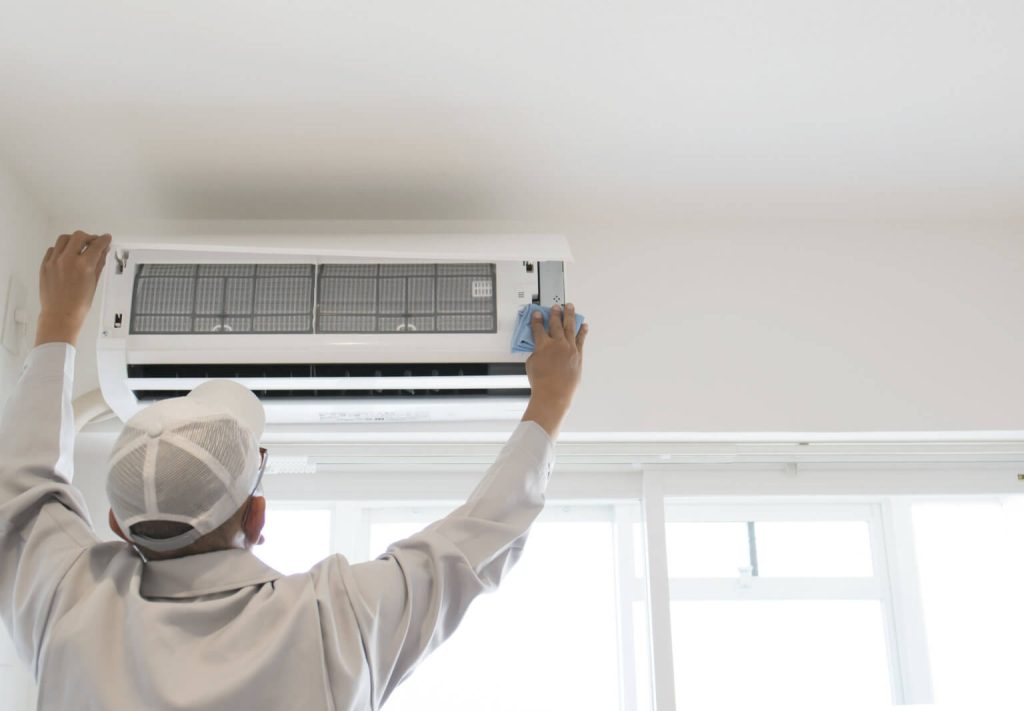There are various kinds of Air conditioners, that come in different sizes and forms. The purpose of air conditioning system is to provide cool air within an enclosed place to reduce humidity and heat. The undesired heat and humidity are sent outside, and the cooled air is returned to your inside environment.
The evaporator coil, condenser coil, and compressor are the three major parts of a typical air conditioner, which employs a particular chemical known as a refrigerant. Together, these elements swiftly change the gas into a liquid and back again. When the refrigerant gas travels to the condenser coil, it transforms into liquid. The compressor will increase its temperature and pressure.
When returning indoors, the refrigerant will enter the evaporator coil. The liquid will evaporate, cooling the indoor coil. The heat from within the house will be absorbed into the refrigerant when the fan blows interior air across the chilly evaporator coil. The heated evaporated gas will be transported to the compressor outside while the air will be circulated in the space. The procedure will repeat itself until the home reaches the desired temperature.


Parts of Air Conditioning
There are several parts to an air conditioner. Below is a more thorough explanation of each of the components that make up the air conditioning system.
1. Evaporator
The valve controls the airflow by drawing warm air from within your house and passing it through it. The air will then blow over the evaporator coil, allowing it to absorb the heat. Once the heat is absorbed by the coils’ refrigerant, it will turn back into gas and flow in the direction of the air conditioner’s compressor.
2. Compressor
The compressor of an air conditioner acts as a pump, reducing the volume of the gas while also raising its temperature and pressure so that it can condense.
3. Condenser
The refrigerant in vapor form, will be used by the air conditioning condenser to remove the heat gathered from the inside of your home. The gas will then be piped outdoors, where the ambient air will absorb the heat and convert into liquid form.
When the heat is transferred outside, the cool refrigerant will return indoors to the evaporator of the air conditioner to complete the cycle.
Also, Read: 5 AC Tips to Beat the Heat this Summer
Health Advantages of Air Conditioning
- Removes particles and allergens
Dust and pollen, as well as other allergens and particles, can be removed by air conditioners’ filters to stop the air from becoming recirculated. You and your family will be able to breathe cleaner air inside your house, thanks to the filter.
- Lowers the chances of heat stroke
When the temperature rises, the danger of heatstroke increases. The danger of heatstroke and other heat-related disorders is also reduced when there is air conditioner system in place.
- Good Sleep
Controlled temperatures will improve your quality of sleep, especially at night. You and your family will be more at ease when resting in your home’s bedrooms if they are kept cold. You’ll wake up refreshed and ready for the day.



